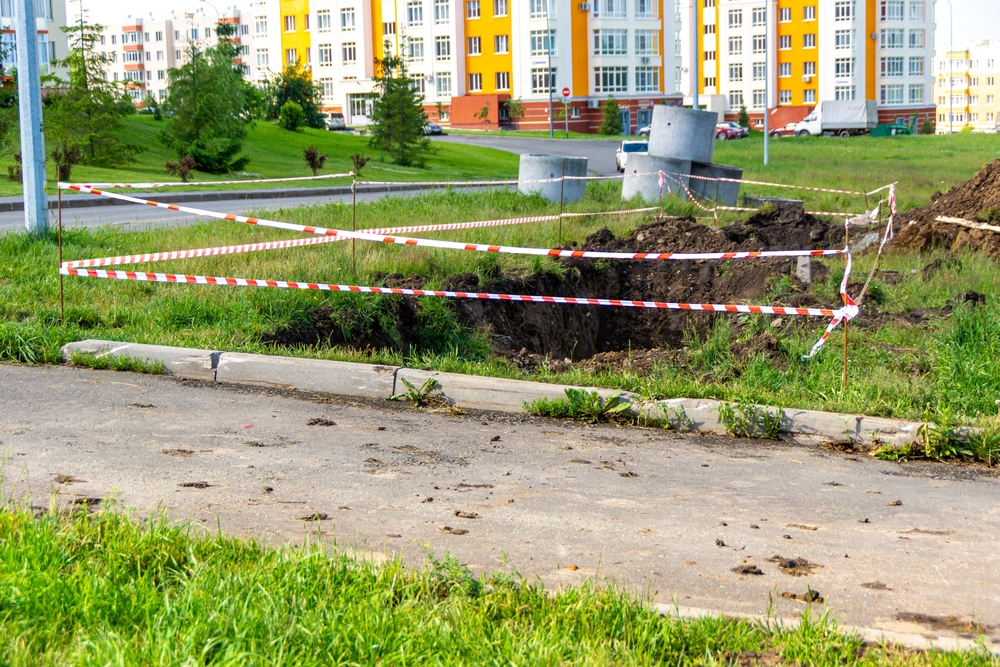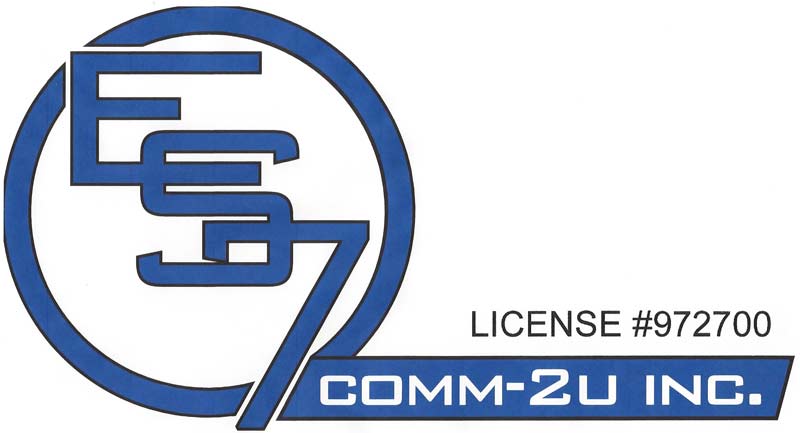
How to Protect Your Property During Utility Installations: Expert Tips for Roseville Residents
January 30, 2025 3:10 pm Leave your thoughtsUtility installations are a necessary part of modern living, ensuring that homes and businesses are connected to essential services like water, gas, electricity, and telecommunications. However, these projects can be disruptive and pose risks to private property if not managed carefully. For Roseville residents, it is particularly important to understand how to safeguard your property during these projects, as the city’s rapid growth often necessitates frequent utility updates. This guide provides expert insights on property protection during utility installation, with a focus on maintaining open trench safety and preserving your landscaping and structures.
Understanding Utility Installations in Roseville
Roseville is known for its well-planned neighborhoods and robust infrastructure. The city’s utility services are efficient, but installations and upgrades can still impact private property. Utility installations often involve digging trenches, laying pipes, or installing overhead lines. Each of these tasks requires careful planning to avoid damage to lawns, driveways, or underground structures.
Homeowners must be aware of the potential disruptions caused by utility work. Open trench safety is a major concern, as these can pose risks to both people and pets. Additionally, improper restoration of disturbed areas can lead to long-term issues like soil erosion, foundation instability, or water pooling. Understanding the scope of work and knowing your rights as a property owner is crucial for ensuring that your property is protected during utility installations.
Preparing Your Property Before the Installation Begins
Preparation is key when it comes to protecting your property. Before any work begins, Roseville residents should communicate with the utility company or contractor to understand the full scope of the project. Request detailed plans that outline the areas where work will occur, the depth of any trenches, and the equipment that will be used. This will help you identify vulnerable areas on your property that need special attention.
Marking critical zones is a crucial step in preparation. Use flags or temporary markers to indicate the locations of underground sprinkler systems, utility lines, or septic tanks. Doing so ensures that these essential systems are not inadvertently damaged during excavation. Additionally, relocating valuable items like outdoor furniture, potted plants, or decorative features can prevent accidental damage.
For open trench safety, make sure the contractor follows local regulations and industry best practices. Trenches should be clearly marked with warning signs and barriers to prevent accidents. If you have pets or young children, consider installing temporary fencing around the work area to keep them safe. Communicating your safety concerns with the contractor early on can help establish a mutual understanding of expectations.
Monitoring the Installation Process
Once the utility installation begins, staying vigilant is essential to ensuring that your property remains protected. Regularly inspect the worksite to ensure that the contractor is adhering to agreed-upon plans. Take photos of the progress to document the condition of your property before, during, and after the installation. This documentation can be invaluable if disputes arise about damage or improper restoration.
Open trench safety remains a top priority during the installation phase. Check that all trenches are properly secured with barriers and that work crews are following safety protocols. Trenches left open overnight should be covered to prevent accidents. If you notice any unsafe conditions, report them immediately to the contractor or the city’s utility services department.
Effective communication is also critical during this phase. Stay in touch with the project manager to address any concerns that arise. For instance, if you notice excessive noise, dust, or vibrations that could affect the integrity of your property, bring it to their attention promptly. The sooner issues are identified and resolved, the less likely they are to escalate into significant problems.
Restoring Your Property Post-Installation
Once the utility work is complete, the contractor is typically responsible for restoring your property to its original condition. However, the quality of this restoration can vary, so it is important to conduct a thorough inspection before signing off on the project. Check that all disturbed areas have been properly filled and compacted to prevent settling over time. Grass, plants, or other landscaping features should be replanted as needed.
Pay close attention to areas where open trenches were dug. Improperly filled trenches can lead to uneven ground or sinking, which may cause accidents or drainage issues. If you notice any signs of poor restoration, such as loose soil or exposed roots, document them and notify the contractor immediately.
In some cases, additional work may be required to fully restore your property. For example, if your driveway or walkway was damaged during the installation, you may need to hire a specialist to ensure proper repairs. Discuss these needs with the contractor to determine whether they will cover the costs or if you need to seek reimbursement. Roseville residents can also contact the city’s utility services department for guidance on resolving restoration disputes.
Long-Term Property Protection Strategies
Protecting your property during utility installations is not just about addressing immediate concerns; it also involves planning for the future. One of the best ways to minimize disruptions is to keep accurate records of your property’s underground utilities, landscaping features, and structural elements. This information can be shared with contractors during future projects to prevent unnecessary damage.
Additionally, consider investing in property improvements that enhance durability and resilience. For example, installing a concrete edge around flower beds or paving areas near utility lines can reduce the likelihood of damage during excavation. Regular maintenance of your property, such as pruning trees and repairing drainage systems, can also prevent complications during utility work.
Finally, stay informed about utility projects in your area. Roseville residents can subscribe to city newsletters or check online updates to learn about planned installations or upgrades. Being proactive about property protection during utility installation not only safeguards your investment but also ensures the safety and well-being of your family and neighbors.
By following these expert tips, Roseville residents can navigate utility installations with confidence, preserving the integrity and beauty of their properties while supporting the city’s essential infrastructure improvements.
Need Utility Services in Roseville, CA?
Locally owned and operated since 2000, we strive to provide fast, friendly, and efficient service to the residents of Roseville and its surrounding areas. Using an open trench method for installation, we work with communication and utility companies to get electric, water, and gas services up and running in your home or business as quickly and carefully as possible. Es7 Comm-2 U, Inc is proud to carry an ‘A+’ rating with the Better Business Bureau as a fully licensed general contractor. Call us today to ensure that your next installation project is handled with the care and professionalism that it deserves.
Categorised in: Utility Services
This post was written by admin
